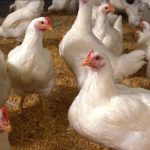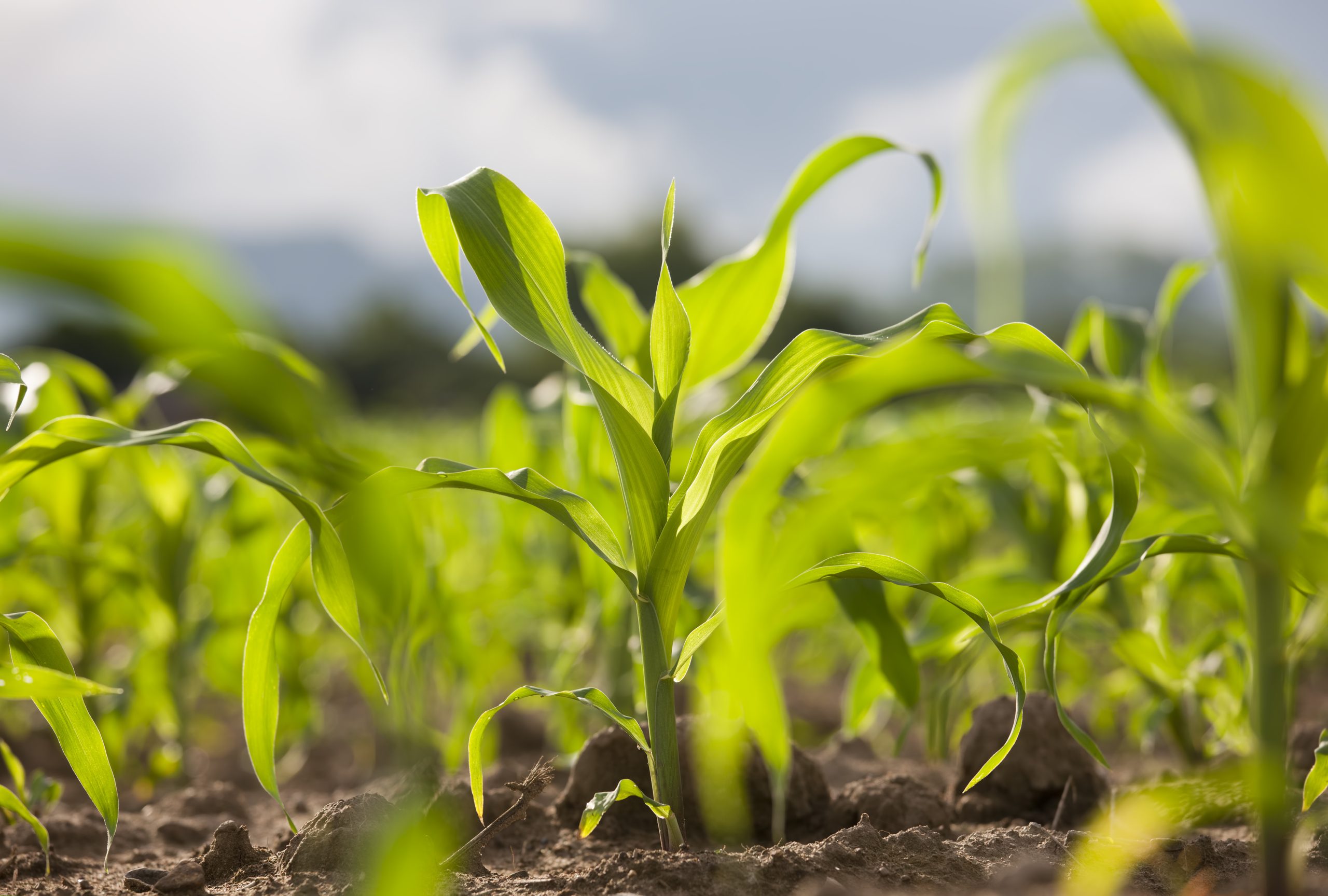Health officials have confirmed that the strain of bird flu that hospitalized a B.C. teenager in critical condition is related to the same virus causing outbreaks in the province’s poultry.
Tag Archives avian influenza

Virus in B.C. human bird flu case genetically related to farm strain

Teen in critical condition with Canada’s first presumptive human case of bird flu
A teenager is in critical condition in a British Columbia children's hospital, sick with Canada's first presumptive human case of avian influenza.
Canada’s first presumptive case of H5 avian influenza in an individual detected in B.C.
An individual in British Columbia has tested presumptive positive for avian influenza caused by the H5 influenza virus, the first detection of avian influenza due to the H5 virus in a person […] Read more

US expands bird flu testing after finding symptom-free infections in people
Farm workers who have been exposed to animals with bird flu should be tested for the virus even if they do not have symptoms, the U.S. Centers for Disease Control and Prevention said on Thursday.

UK confirms bird flu cases at commercial poultry farm
The UK government said on Tuesday that cases of bird flu had been confirmed in commercial poultry at premises in Yorkshire, hours after it increased the risk level of the disease from medium to high.

Bird flu detected in pigs – here’s why virologists are concerned
H5N1 influenza has now been detected in pigs. This was something virologists had been worrying about ever since this highly pathogenic strain of bird flu started its rapid global spread in 2020. But why were we worrying specifically about pigs? And does this case – detected on a farm in Oregon on October 29 – change anything?

U.S. poultry to face new rules at Canadian border
Canada is introducing new rules for U.S. bird and poultry shipments in an effort to curb highly pathogenic avian influenza spread.

US to begin bulk milk testing for bird flu after push from industry
The U.S. Department of Agriculture will soon begin testing bulk raw milk across the country for bird flu, a significant expansion of the agency's efforts to stifle the rapid spread of the virus, Agriculture Secretary Tom Vilsack told Reuters.

Bird flu spreading fast among EU poultry
Bird flu has been spreading fast among poultry in the European Union this season, raising concerns of a repeat of previous crises that led to the deaths of tens of millions of poultry in the bloc and fears that it could spread to humans.

US confirms two human bird flu cases in Washington state
The U.S. Centers for Disease Control and Prevention on Thursday confirmed two of the four presumptive positive bird flu cases among poultry farm workers in Washington state.



